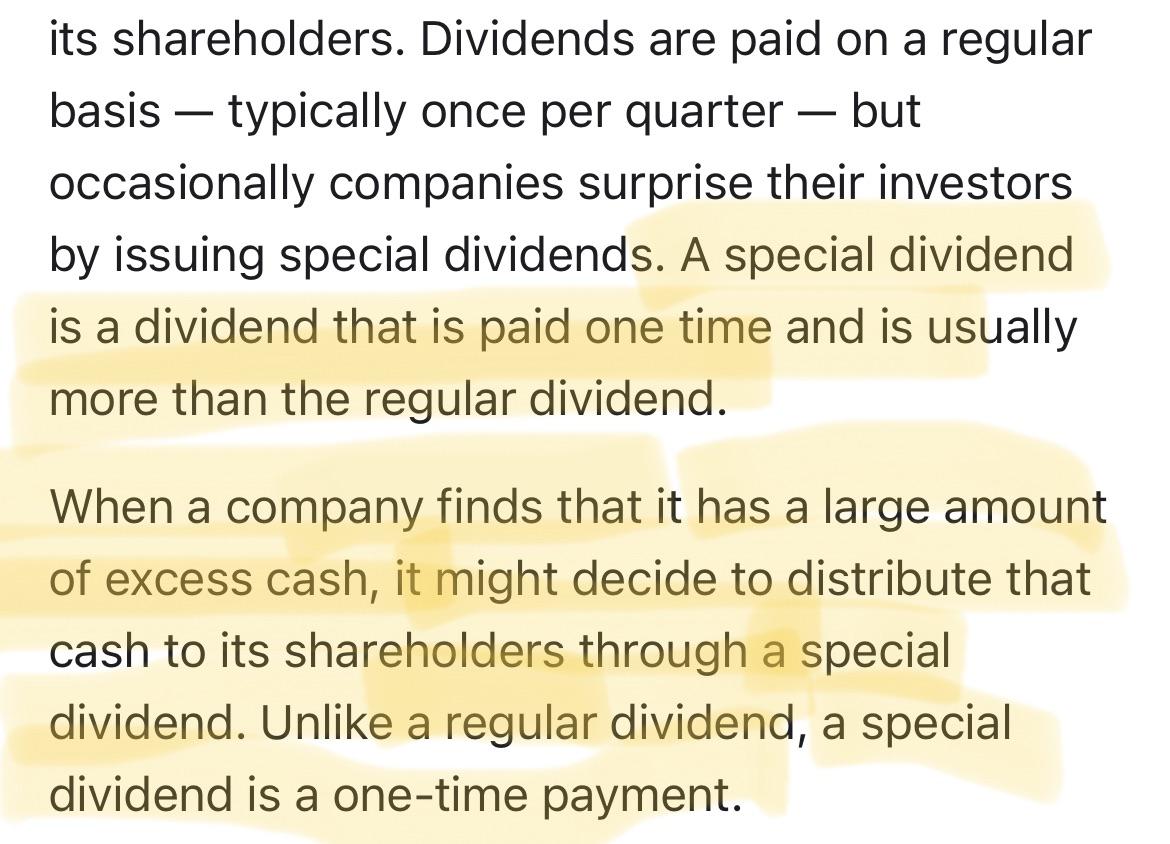
It can be difficult to choose the right companies to invest in. It is important to have an understanding of the industry and a clear investment goal. The best companies to invest are those that have the greatest potential for long-term growth. These companies have been known to outperform their industry counterparts and have the potential to yield massive returns.
There are thousands upon thousands of publicly listed companies, as well as many exchange-traded fund options. Before you make an investment, it is important to be familiar with the key features of each company. It is important to avoid investing in companies that are unfamiliar or difficult to understand.
These are often the companies that are leading their industries and are the best companies to invest. They are the ones that are most likely to be the first companies to utilize new technologies like artificial intelligence (AI) or are at forefront of research and development. These companies generally have the largest market capital and are considered safe havens. These companies are also typically a great place to start if you are a beginner to investing.

The best companies to invest in are also the ones with the most potential for long-term revenue growth. This is because technology companies tend to focus on the latest technologies. The best companies that you can invest in will be those with high rates for revenue growth even in times of economic downturn. Many companies are well-known for their specialization in certain fields, such blockchain technology. They are also more likely to have a lower ratio of debt-to-equity, making them a great investment for the long-term.
There are many companies you can choose from. However, the best ones to invest in are those with the most appealing product or service. It should not be difficult to determine if there is an interest in the company’s operations. There are also many mutual and exchange-traded fund options.
You must also take into account other metrics. This includes the size of the market, the most notable features, and the P/E ratio. A company with a ratio less than 0.3 will be considered low-risk. A P/E ratio above 12 is considered high. Lower P/E ratios are a good way of lowering your risk.
There will be some clever marketing tricks that make it easy to invest in the best companies. An example of this is the ROI (Return-on-Investment) metric. This measures the value of a product/service. This is the sum of how much money a company will make over a specified time period. The company may have a new product or service, or it may be partnering with another company to make a big splash.

Market cap will be a key indicator that the company is worth investing in. This is important because large companies often have the ability manipulate financial markets. Large companies can either make or ruin your investment. A high-market cap company is a great way to reduce the risk of investing in an unknown business.
FAQ
What are the advantages of owning stocks
Stocks are more volatile than bonds. When a company goes bankrupt, the value of its shares will fall dramatically.
However, share prices will rise if a company is growing.
Companies usually issue new shares to raise capital. This allows investors to purchase additional shares in the company.
Companies borrow money using debt finance. This allows them to borrow money cheaply, which allows them more growth.
A company that makes a good product is more likely to be bought by people. The stock's price will rise as more people demand it.
Stock prices should rise as long as the company produces products people want.
What's the role of the Securities and Exchange Commission (SEC)?
The SEC regulates securities exchanges, broker-dealers, investment companies, and other entities involved in the distribution of securities. It also enforces federal securities law.
What's the difference between the stock market and the securities market?
The entire list of companies listed on a stock exchange to trade shares is known as the securities market. This includes options, stocks, futures contracts and other financial instruments. Stock markets are usually divided into two categories: primary and secondary. Large exchanges like the NYSE (New York Stock Exchange), or NASDAQ (National Association of Securities Dealers Automated Quotations), are primary stock markets. Secondary stock exchanges are smaller ones where investors can trade privately. These include OTC Bulletin Board (Over-the-Counter), Pink Sheets, and Nasdaq SmallCap Market.
Stock markets are important for their ability to allow individuals to purchase and sell shares of businesses. Their value is determined by the price at which shares can be traded. Public companies issue new shares. Dividends are paid to investors who buy these shares. Dividends are payments that a corporation makes to shareholders.
Stock markets are not only a place to buy and sell, but also serve as a tool of corporate governance. Boards of Directors are elected by shareholders and oversee management. Boards make sure managers follow ethical business practices. The government can replace a board that fails to fulfill this role if it is not performing.
What is a Stock Exchange exactly?
Companies can sell shares on a stock exchange. This allows investors and others to buy shares in the company. The market decides the share price. The market usually determines the price of the share based on what people will pay for it.
Companies can also raise capital from investors through the stock exchange. Investors are willing to invest capital in order for companies to grow. They do this by buying shares in the company. Companies use their money in order to finance their projects and grow their business.
There are many kinds of shares that can be traded on a stock exchange. Others are known as ordinary shares. These shares are the most widely traded. These are the most common type of shares. They can be purchased and sold on an open market. Shares are traded at prices determined by supply and demand.
Preferred shares and debt security are two other types of shares. Priority is given to preferred shares over other shares when dividends have been paid. Debt securities are bonds issued by the company which must be repaid.
What is security at the stock market and what does it mean?
Security is an asset that generates income. Shares in companies is the most common form of security.
A company may issue different types of securities such as bonds, preferred stocks, and common stocks.
The earnings per shared (EPS) as well dividends paid determine the value of the share.
A share is a piece of the business that you own and you have a claim to future profits. You will receive money from the business if it pays dividends.
Your shares can be sold at any time.
Statistics
- Ratchet down that 10% if you don't yet have a healthy emergency fund and 10% to 15% of your income funneled into a retirement savings account. (nerdwallet.com)
- US resident who opens a new IBKR Pro individual or joint account receives a 0.25% rate reduction on margin loans. (nerdwallet.com)
- Even if you find talent for trading stocks, allocating more than 10% of your portfolio to an individual stock can expose your savings to too much volatility. (nerdwallet.com)
- The S&P 500 has grown about 10.5% per year since its establishment in the 1920s. (investopedia.com)
External Links
How To
How to create a trading plan
A trading plan helps you manage your money effectively. It helps you identify your financial goals and how much you have.
Before you create a trading program, consider your goals. You may want to make more money, earn more interest, or save money. You may decide to invest in stocks or bonds if you're trying to save money. If you are earning interest, you might put some in a savings or buy a property. If you are looking to spend less, you might be tempted to take a vacation or purchase something for yourself.
Once you have an idea of your goals for your money, you can calculate how much money you will need to get there. It depends on where you live, and whether or not you have debts. Also, consider how much money you make each month (or week). Your income is the net amount of money you make after paying taxes.
Next, save enough money for your expenses. These include rent, bills, food, travel expenses, and everything else that you might need to pay. All these things add up to your total monthly expenditure.
Finally, you'll need to figure out how much you have left over at the end of the month. That's your net disposable income.
Now you've got everything you need to work out how to use your money most efficiently.
You can download one from the internet to get started with a basic trading plan. You can also ask an expert in investing to help you build one.
Here's an example.
This shows all your income and spending so far. It also includes your current bank balance as well as your investment portfolio.
And here's a second example. This one was designed by a financial planner.
It shows you how to calculate the amount of risk you can afford to take.
Remember, you can't predict the future. Instead, put your focus on the present and how you can use it wisely.